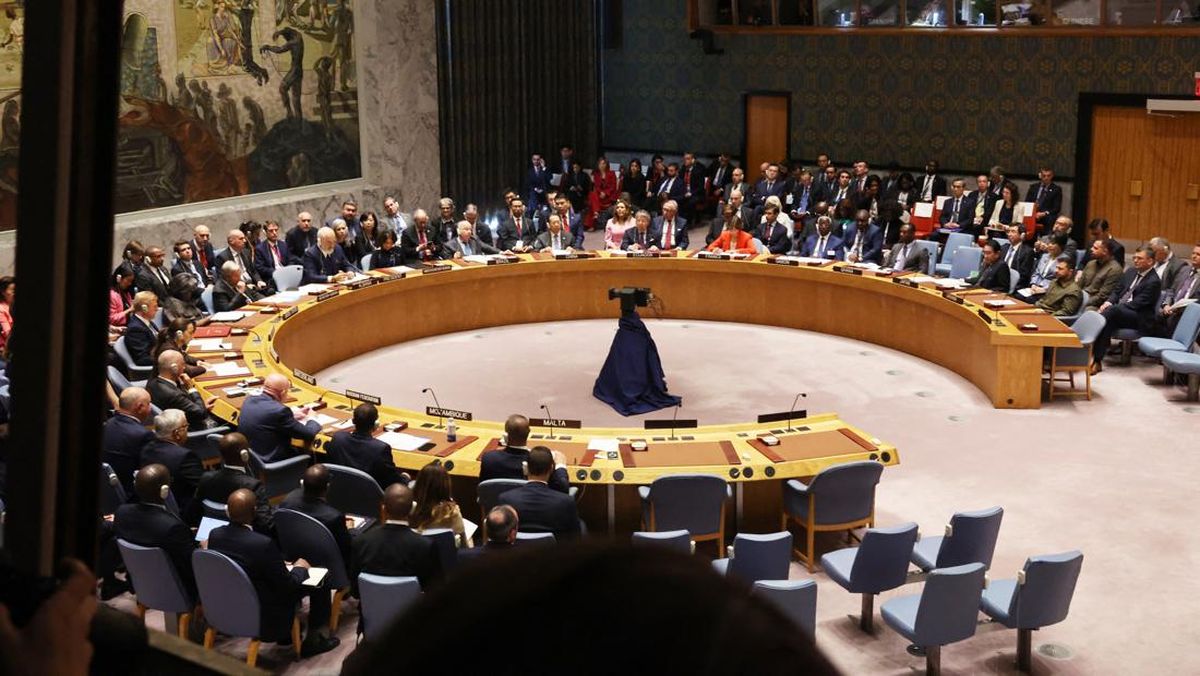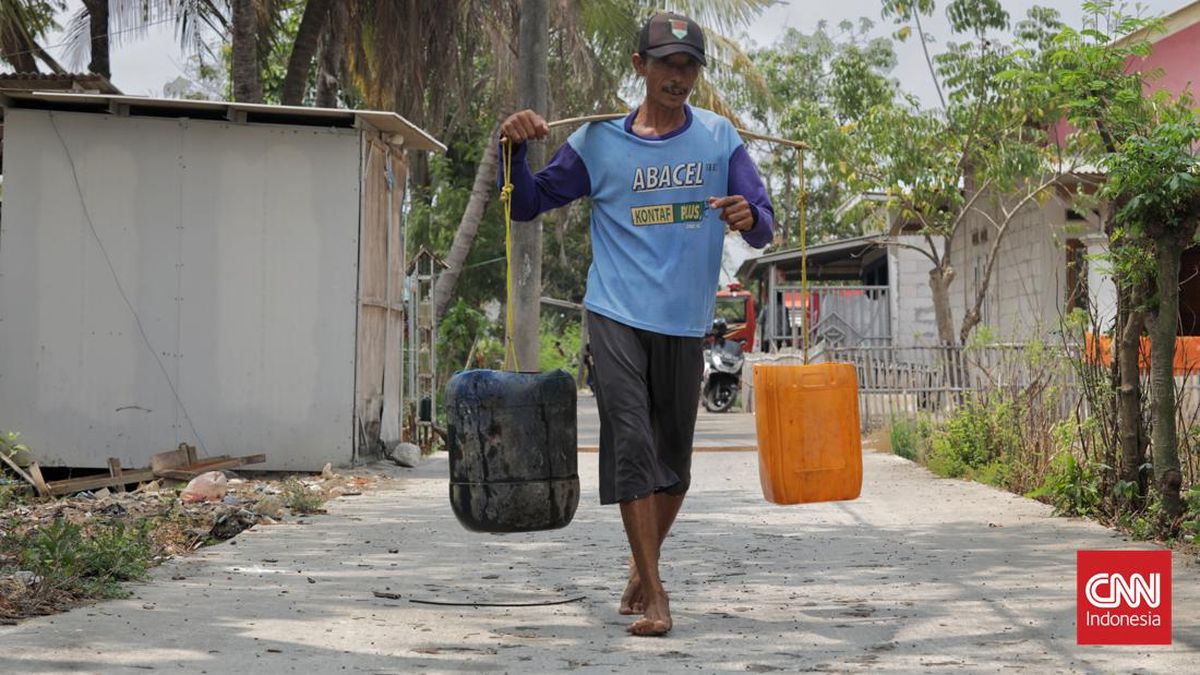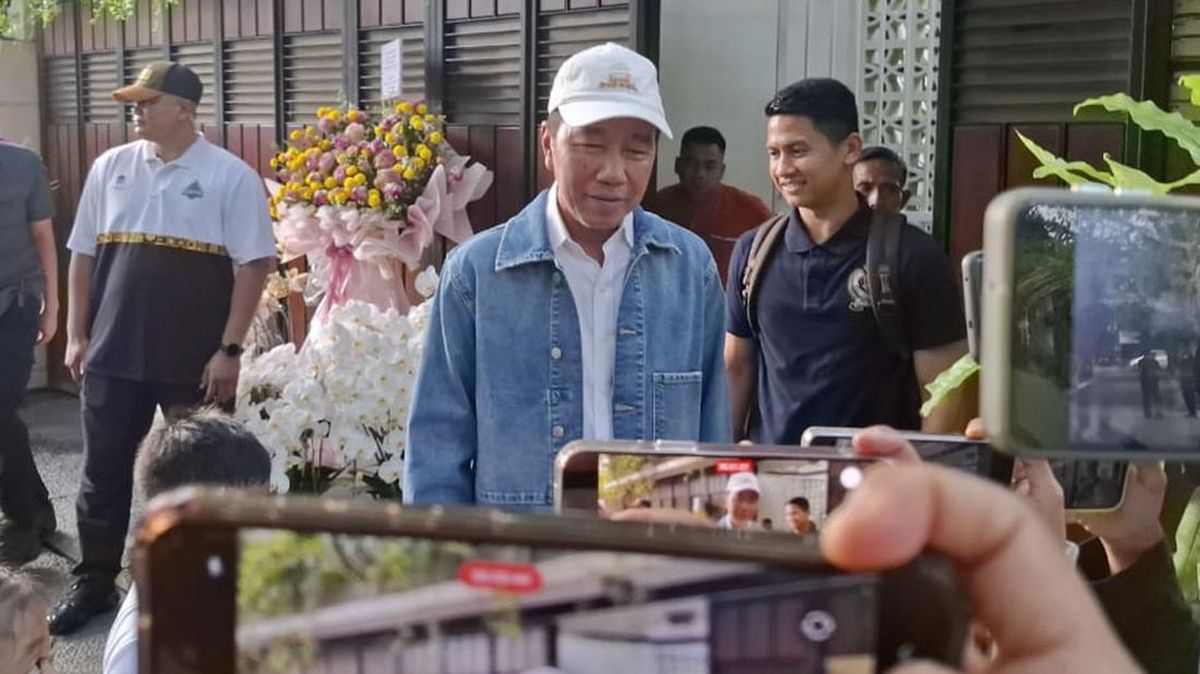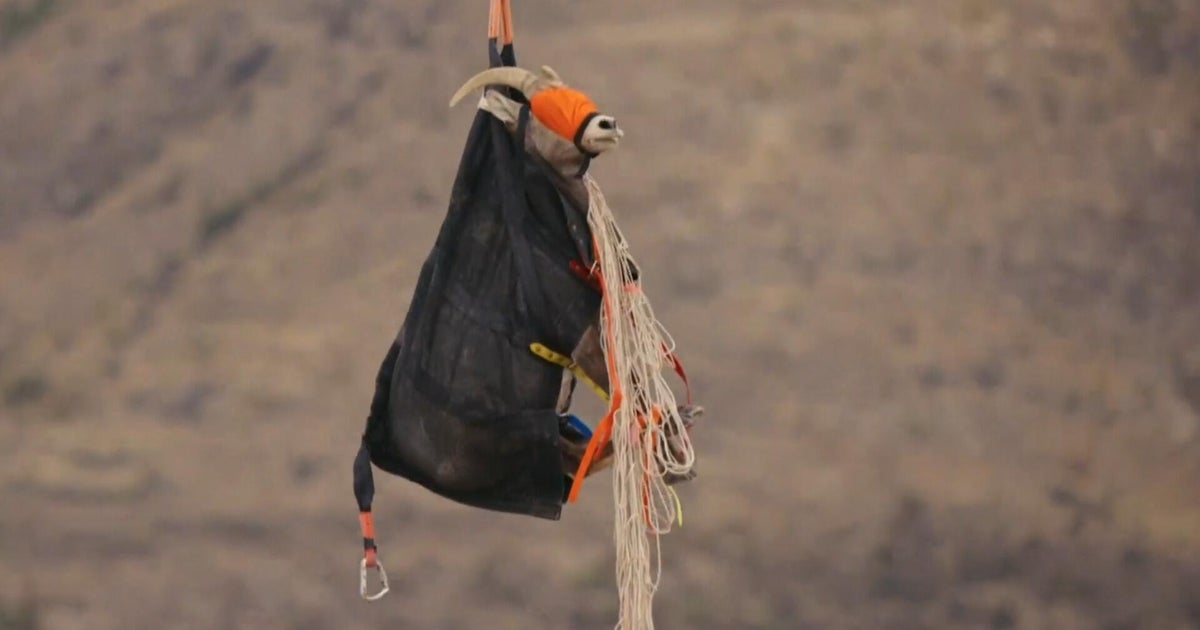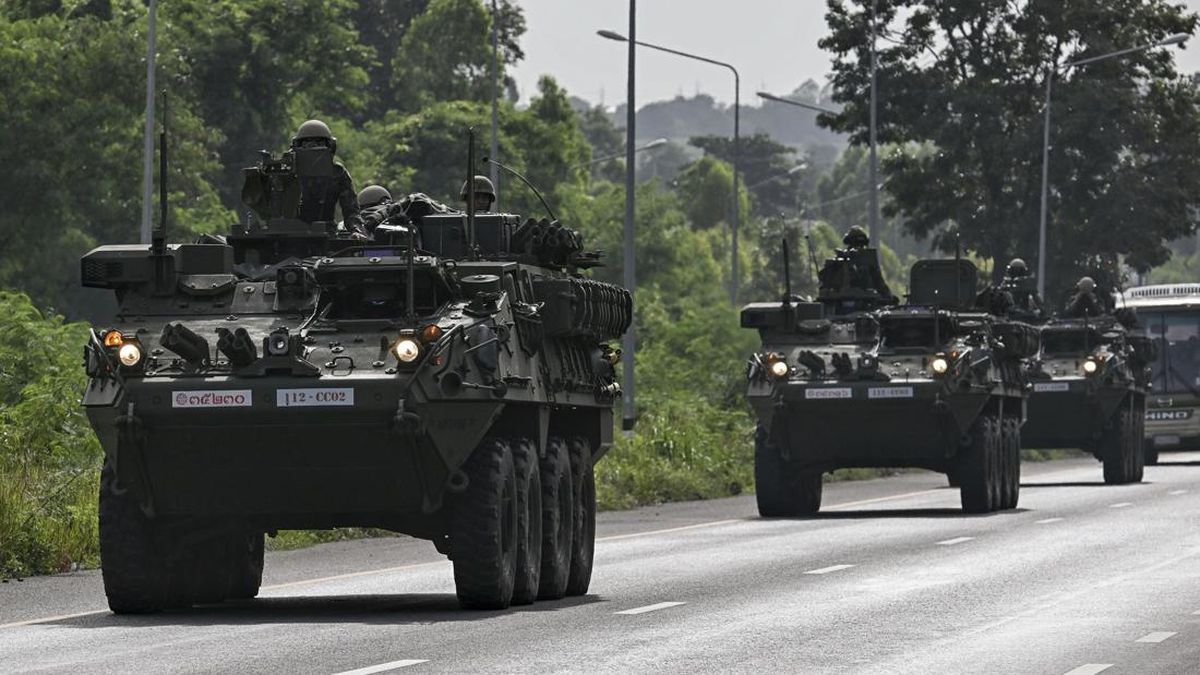While the taste of the online contribution could be questioned, it would not surprise Wayne’s 83 Facebook followers. He posts on police matters, his political views and his climate change scepticism.
But to local police, none of whom would have been in the job and many who would not have been born when he risked his life for the uniform they now wear (OK, they were in plain clothes, but I’m on a roll) it was a matter needing immediate action.

The search warrant alleging Sherwell disclosed confidential information.
The Victorian police are experts at responding to an emergency, but on the non-urgent they often move with the speed of a sea snail in an algae bloom.
But the issue of Sherwell’s Facebook post became a priority; a search warrant was issued by a Melbourne magistrate at 6.55pm the following day. (Wayne had already removed the post.)
I went to the Victorian Crimes Act (1958) to see if posting on Facebook is a criminal offence. It covers arson, fraud, kidnapping, bigamy and even trading with pirates but nothing about ex-cops posting crime scene photos.
The warrant tells us the story. “SHERWELL is committing the offence of unauthorised access to the use of or disclosure of police information by members or former members of Victoria Police Personnel, Section 228 of the Victoria Police Act. Use Telecommunications devices to harass/cause offence. Section 85ZE (a) of the Commonwealth Crimes Act 1914.”
First thing on Tuesday the four-person arrest team mustered at the Ararat police station to drive 80 kilometres to deal with the 75-year-old ex-cop.
A matter that could have been handled with a gentle chat was now a formal investigation. “I couldn’t believe there were four detectives standing there to deal with such a minor issue,” Sherwell says.
“I have to say their behaviour was exemplary. They were professional and courteous. To be honest, I felt they were a little embarrassed.”
They asked about the photos. Sherwell told them he was given a crime scene photo-book by the homicide squad as a keepsake.
They seized the book and took his mobile phone. They drove him to the local station, where he was cautioned, formally video interviewed, photographed and fingerprinted.

Wayne Sherwell receives his Valour Award at the Police Academy.
The case of the Country Bandit was one of a series of police shootings examined by then coroner Hal Hallenstein. His findings went a way to changing police culture and developing a safety-first approach to reduce risks to police and suspects.
He was critical of the police response in some of the cases he examined, but this is what he said about Sherwell.
“It is notable that throughout the sequence of events Constable Sherwell not only acted with exemplary restraint and self-control but also remained mindful of the safety of those members who, as motorists, drove unwittingly into a theatre of mortal combat. Constable Sherwell has earned both respect and commendation.”

Silent War. Contained photos from the now seized crime scene book.Credit: Naked City archives.
On December 9, 1994, Sherwell was presented with the Police Valour Medal at the Police Academy by then chief commissioner Neil Comrie. Three days later he was given a civic reception at St Arnaud – the same town where police now apparently think he is public enemy No.1.
After the inquest, I was approached by senior police who wanted the whole story told of the police shootings. I was officially provided with all material handed to the coroner – transcripts, video reconstructions and crime scene photos, including the ones Sherwell put online.
They were published in the 1994 book Silent War, and in the ABC documentary Trigger Point, which means Sherwell wasn’t disclosing anything.
The offence under the Victoria Police Act is designed to stop crooks being tipped off by corrupt cops, not to catch police heroes recalling events that changed their lives.
The act refers to the use of police information to, “Endanger the life, safety of any person, commit or assist in the commission of an indictable offence or, impede or interfere with the administration of justice.”
The maximum penalty is six years in the slot. Give me a spell.
Before Wayne Sherwell became a person of police interest and an alleged criminal, what did he do to create this fuss?
On June 29, 1988, Constable Sherwell drove about 15 kilometres from his home base at St Arnaud to set up a speed radar site. He was one up, a practice now banned because of the danger.
At 9.45am he zapped a silver Mazda 626 hatchback travelling towards St Arnaud at 128km/h. He stepped out and flagged it down.
The driver said he wasn’t carrying his licence, then gave his name as Phillip Gould, a vet from Bendigo. When Sherwell did a police check and there appeared to be no such person, “Gould” leant into the car, saying he would find identification, emerging with a sawn-off .22 rifle, telling the ambushed cop, “Put your f---ing hands on the roof”.
The man took Sherwell’s police revolver from his holster and now had two guns.
“I thought it was now or never, as I felt he was going to kill me,” Sherwell later told police.
He spun around and grabbed both the gunman’s hands, struggling to keep both barrels from his head. He had the smarts to put the webbing of his hand between the hammer and the pin of his revolver so it couldn’t be fired.

Sherwell fired two shots at the bandit. One hit the police car. This picture was the back cover of Silent War.Credit: Victoria Police
They wrestled themselves to a standstill and the gunman told him to release his grip. Sherwell told him: “I can’t do that. If I lose my firearm I lose my job. I’ve got four kids and a wife to support. So I can’t afford to give up my gun and lose my job. Give it to me, Mr Gould, before things go too far.”
Finally, the constable grabbed both guns.
Sherwell stuck the sawn-off rifle in his waistband and pointed his revolver at the man, ordering him to lie flat on the ground. The man refused, and when Sherwell headed towards the police car to radio for help, the man blocked his way.
“I then fired a shot from my police revolver into the air in an attempt to scare him off, and hoped someone may hear it and call the police to give me some assistance.
“He backed off a little and repeated: ‘Go on, shoot me.’”
When Sherwell made the protected side of the police car to call for back-up, Gould grabbed a sawn-off shotgun from his car and pointed it at the police officer, who fired two shots from his .38 revolver, killing the offender.
His identity was quickly found to be Ian William Turner, the “Country Bandit” who had a hidden armoury at his Shepparton home and was responsible for five regional bank armed robberies.
Sherwell was a hero but for years his actions remained under scrutiny during the long-running police shootings inquest. I was there on the day Hallenstein delivered his findings and saw the relief on the country cop’s face when he was vindicated.
As in the cases of many cops involved in police shootings, it didn’t end there. Even though Sherwell did everything he could not to kill the man who wanted to kill him, there were troubled times ahead.
There were flashbacks, cold sweats, broken sleep, marriage difficulties and mental fatigue. He paid an enormous price, one that clearly those who want him charged don’t understand.

Sherwell, pictured in 1994, had to wait six years to be officially vindicated for killing robber Ian William Turner. Credit: Dominic O’Brien
Wayne can be stubborn and difficult, but he is no criminal. He deserves respect, not a rap-sheet.
Two days after his arrest, one of the detectives returned his mobile phone. “He took me to the local cafe and bought me a cappuccino. I think he shook my hand four times,” Wayne says.
When new Chief Commissioner Mike Bush enters the Victoria Police Centre, if he glances to his left he will see an Honour Board that includes the name Sherwell, R.W., registered number 24318.

The Victoria Police Honour Board showing Sherwell’s Valour Award.Credit: Naked City archives.
When he takes the lift to his office on the top floor, he should call for the file into the Sherwell investigation.
And throw it in the bin.
John Silvester lifts the lid on Australia’s criminal underworld. Subscribers can sign up to receive his Naked City newsletter every Thursday.



